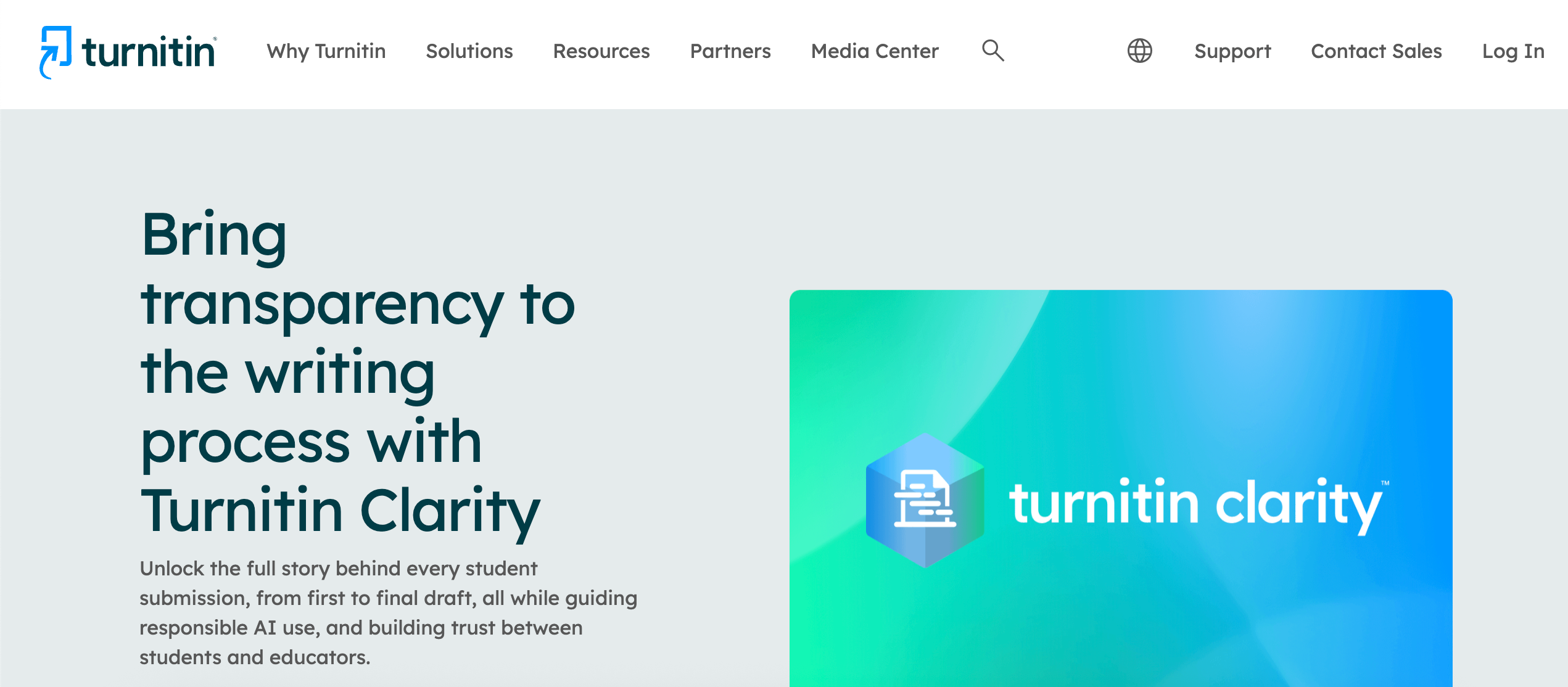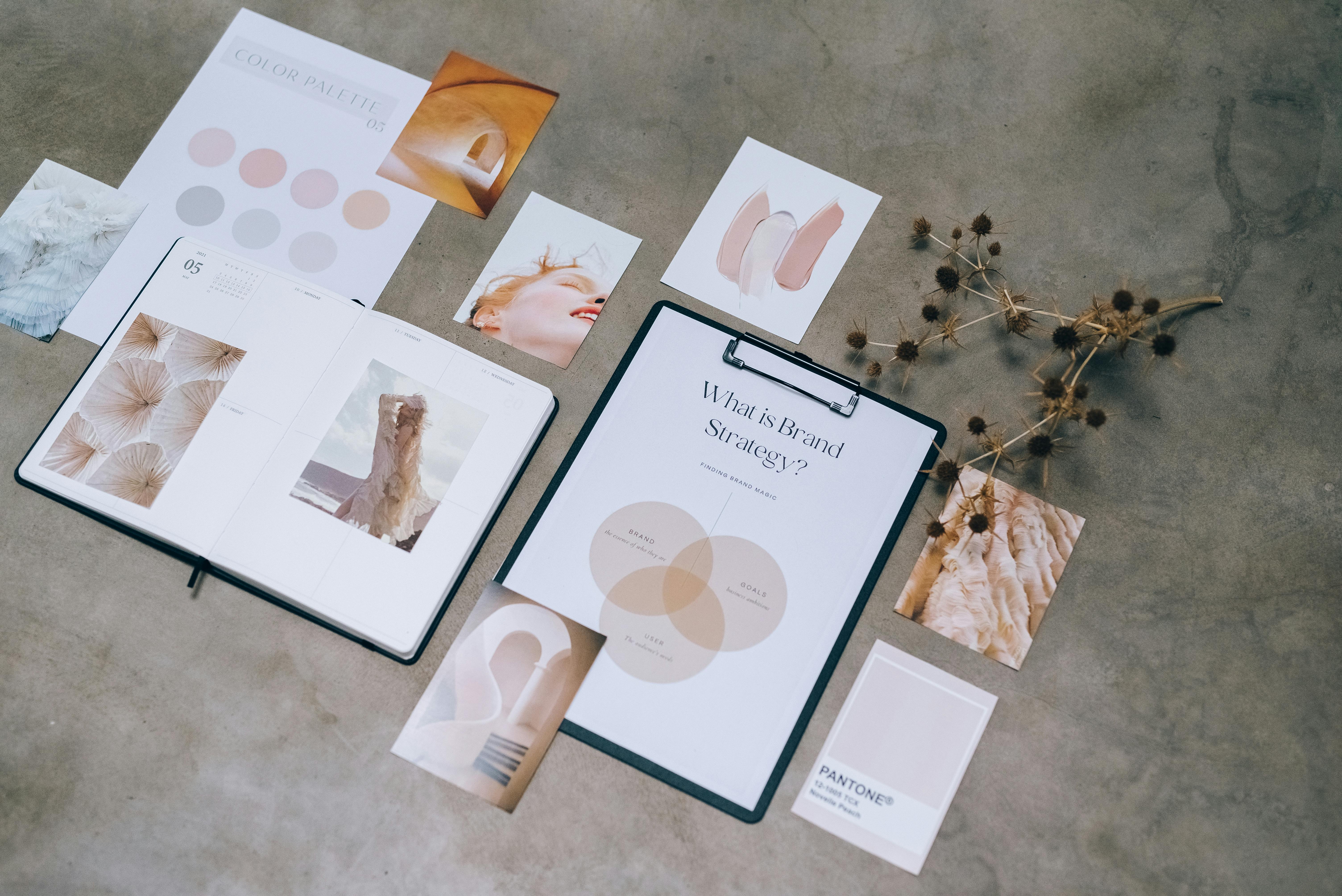AI Tools
VeriCite vs Turnitin 2025: In-Depth Post-Acquisition Comparison
- Aug 12, 2025

As someone who has been tracking plagiarism detection tools for over a decade, I can tell you the pressure on educational institutions to maintain academic integrity while managing budgets and protecting student rights is immense. This is especially true now, in 2025. Since Turnitin acquired VeriCite in 2018, schools have been forced to choose between staying with Turnitin's consolidated platform or seeking alternatives. This analysis examines both tools based on extensive research and user feedback, helping you make an informed decision for your plagiarism detection needs.
The Acquisition Aftermath: What Changed?
Turnitin's 2018 acquisition of VeriCite significantly altered the plagiarism detection market. Once a budget-friendly alternative serving around 150 institutions, VeriCite was completely retired by December 31, 2020. The platform was directly replaced by Turnitin's SimCheck, which retained some VeriCite functionality while integrating into Turnitin's broader system. For a detailed overview of this acquisition, see the original EdSurge report [1].
This consolidation strengthened Turnitin's already dominant market position, leaving institutions with fewer independent options. The merger particularly impacted California's 116 community colleges, which previously had universal VeriCite access. I spoke with a few deans in California back then; you could feel the frustration as they faced new contract terms after the acquisition. Today, almost three-quarters of California community colleges use Turnitin, though not all colleges opted in, some found alternatives or made separate arrangements.

Post-Acquisition Changes for California Community Colleges
After the acquisition, Turnitin imposed new contract conditions that fundamentally changed the situation:
- Student papers would be added to Turnitin's global database.
- Turnitin would hold a perpetual, royalty-free license over all submissions.
- Pricing varied widely, with a collective discount at $2.59 per student in 2024, sometimes higher than what larger universities paid.
- Individual institutions made separate purchasing decisions rather than following a collective adoption.
VeriCite Legacy: SimCheck Transition
For institutions that still access VeriCite functionality through SimCheck, the experience has changed significantly:
Retained Features from VeriCite:
- Learning Management System (LMS) integration.
- Basic plagiarism and originality checking workflow.
Changed Features in SimCheck:
- Source match percentage for each source (replacing VeriCite's color-coding).
- Static reports (VeriCite reran checks when a report was opened).
- Preserved formatting and images within reports (VeriCite was text-only).
- No commenting option on similarity reports (VeriCite had this feature).
Student Opt-Out Eliminated
Under SimCheck, all student papers are included in the Turnitin reference database. The student opt-out option that distinguished VeriCite no longer exists, institutional policy now controls database inclusion, with no straightforward way for an individual student to opt out.
Database Comparison: Size vs. Focus

| Feature | VeriCite (Legacy) | Turnitin/SimCheck |
|---|---|---|
| Web Coverage | Current web content | Comprehensive web archiving |
| Academic Sources | Limited publication access | Extensive partnerships with journals |
| Student Submissions | Institution-level repository with opt-out | Global database of all submissions |
| Detection Accuracy | Good for published sources | Superior for detecting inter-student plagiarism |
Turnitin's massive database provides its key competitive advantage. While VeriCite compared submissions against web sources and a limited repository, Turnitin leverages billions of web pages, academic journals, and student papers in its checks.
Legal Precedent: Student Intellectual Property Rights
Turnitin's policy of retaining student work was met with significant legal challenges. In March 2007, four Virginia high school students filed a lawsuit arguing that Turnitin's archiving practices violated their intellectual property rights.
Legal Arguments:
- Students claimed copyright infringement due to archiving without true consent.
- Turnitin cited the "fair use" doctrine, stating the use was solely for plagiarism detection.
- Students argued the required "I agree" click was made under school coercion.
Court Outcomes:
- The District Court (2008) dismissed the lawsuit, affirming Turnitin's use as fair use.
- The Fourth Circuit Court of Appeals (2009) upheld the decision.
- No damages were awarded to the plaintiffs.
This legal precedent enables Turnitin to continue its business model without compensating students for archived work, and later court challenges have not overturned this stance.
AI-Generated Content Detection: Turnitin's Latest Feature
Turnitin now offers AI-generated content detection as an add-on to specific subscriptions, addressing the growing concern of AI-assisted submissions.
Technical Specifications:
- Detection Method: The tool segments documents into blocks, assigning scores (0 for human, 1 for AI-generated).
- Overall Percentage: An aggregated score (0–100%) estimates the amount of AI-generated content.
- Supported AI Models: GPT-3, GPT-3.5, GPT-4, ChatGPT, Gemini, LLaMA, and others.
Accuracy and Limitations:
- True Positive Rate: 98% claimed by Turnitin.
- False Positive Rate: Less than 1% for fully human-written text (claimed).
- Practical Accuracy: About 85% of actual AI-generated writing is detected.
- Real-world Performance: In my own tests, I've seen it hit around 80% accuracy, though a colleague of mine insists his students have found simple ways to fool it. The cat-and-mouse game continues.
Cost and Availability:
- Not included in all Turnitin subscriptions.
- Available only as an add-on with Turnitin Originality or Feedback Studio with Originality.
- No longer free after January 1, 2024.
- Not available for Gradescope or iThenticate.
Integration with Reports:
The AI detection feature integrates with the Originality Report, displaying:
- Overall percentage of AI-generated content.
- Visual breakdown of flagged text.
- Highlighted segments likely written by AI.
- Students cannot see the AI writing indicator, only instructors and administrators can.
Alternative Solutions: Beyond the Duopoly
With VeriCite gone as an independent option, institutions now consider several alternatives:
| Tool | Starting Price | Database Size | Notable Features | Privacy Compliance |
|---|---|---|---|---|
| Humanizer AI | $6.99/month | Largest size | Multi-detector analysis | FERPA, COPPA, GDPR compliant |
| Copyleaks | $8.99/month | Large web and academic | Multilingual support, WordPress plugins, side-by-side comparison | FERPA, COPPA, GDPR compliant |
| Unicheck | $15/month | Comprehensive academic | Real-time checking, Google Docs add-on, 24/7 support | FERPA, COPPA, GDPR compliant |
| PlagScan | ~$5.99 | Very large academic | Publisher partnerships, admin features, multiple file formats | Institutional privacy standards |
Key Considerations for Alternatives:
- Humanizer AI offers the most affordable entry point with strong multilingual capabilities.
- Unicheck provides transparent pricing and useful real-time features.
- PlagScan offers significant academic resources as a middle-ground option.
- All alternatives support major LMS platforms and comply with student privacy standards.
Institution Decision Framework
Having guided several institutions through this process, I always suggest starting with these key evaluation points:
Budget Constraints
- Smaller institutions face higher costs with VeriCite's budget option gone.
- Alternative platforms may offer more transparent pricing for limited use.
- Volume discounts vary significantly between providers.
Privacy Priorities
- Turnitin retains perpetual licenses on student work.
- Alternative platforms generally offer more flexible data retention policies.
- Consider student intellectual property concerns in your institutional policy.
Detection Requirements
- Schools with significant student-to-student plagiarism benefit from Turnitin's global database.
- Institutions focused on web-based plagiarism may find alternatives sufficient.
- AI detection capabilities are increasingly important for modern academic integrity.
Technical Integration
- Assess existing LMS compatibility with each platform.
- Consider faculty training requirements and learning curves.
- Evaluate reporting features and administrative needs.
Implementation Strategy
For institutions transitioning between platforms:
Timeline Planning:
- Allow 3–6 months for complete implementation.
- Include contract negotiation, technical setup, and training phases.
Faculty Development:
- Develop comprehensive training that addresses both technical and pedagogical use.
- Focus on interpreting similarity reports rather than relying on percentages alone.
Policy Updates:
- Clearly articulate data retention and student intellectual property policies.
- Update academic integrity guidelines to reflect platform capabilities.
- Address AI-generated content detection in institutional policies.
Student Communication:
- Explain how student work will be used and stored.
- This is particularly important for Turnitin's perpetual licensing terms.
- Consider opt-in or opt-out policies where technologically feasible.
Performance Assessment
Faculty feedback indicates both legacy VeriCite and current Turnitin perform well in detecting obvious plagiarism from published sources. However, Turnitin's comprehensive student paper database provides superior detection of student-to-student plagiarism across institutions. Still, some instructors voice concerns about Turnitin's limitations and cost.
VeriCite Legacy Strengths:
- Streamlined interface with minimal learning curve.
- Speed of analysis and reporting.
- Focus on teaching citation skills rather than punishment.
Turnitin Current Advantages:
- Comprehensive detection across multiple source types.
- Sophisticated filtering options for legitimate matches.
- Educational resources and detailed reporting.
- AI-generated content detection capabilities.
Remember, these tools are bloodhounds, not judges. Both systems require human interpretation. Neither tool definitively declares that work is plagiarized, they identify text similarity for educators to evaluate. False positives occur on all platforms, particularly with common phrases and properly cited material.
Conclusion
The 2018 acquisition effectively eliminated VeriCite as an independent alternative to Turnitin. While its technology lives on through SimCheck, the distinct advantages of VeriCite, lower cost, student privacy options, and a simpler interface, have been absorbed into Turnitin's comprehensive but more expensive approach.
For 2025 and beyond, educational institutions must weigh Turnitin's superior detection capabilities against concerns about student intellectual property rights, budget impact, and whether alternative solutions might better align with their values. The addition of AI-generated content detection as a premium add-on further complicates this cost-benefit analysis.
For most institutions, the choice comes down to:
- Turnitin: Maximum detection power with higher costs and student privacy trade-offs.
- Alternatives: More flexible privacy policies and transparent pricing with potentially smaller databases.
- Hybrid approaches: Using multiple tools for different purposes or institutional levels.
Frequently Asked Questions
1. Is there anything better than Turnitin?
While Turnitin dominates with the most comprehensive database, alternatives like Copyleaks, Unicheck, and PlagScan offer competitive features with better privacy transparency and flexible pricing. The "best" option depends on your specific needs regarding budget, student privacy policies, and integration requirements.
2. Is 25% on Turnitin too high?
Context matters more than the percentage. A 25% similarity score may be acceptable in a literature review with properly cited sources but concerning in an original essay. Most institutions avoid rigid thresholds, instead teaching instructors to analyze the patterns and sources behind the percentage.
3. Why does Turnitin say I plagiarized when I didn't?
Turnitin detects text similarity, not plagiarism. Common phrases, properly cited quotations, and references often trigger matches. Instructors should review reports to distinguish legitimate similarity from actual misconduct, using filters to exclude quotations and bibliographies.
4. Is a 7% Turnitin score good?
A 7% similarity score is generally low and often represents common phrases or properly cited material. However, even low scores warrant checking if the matches concentrate in critical sections. The context and pattern matter more than the percentage itself.
